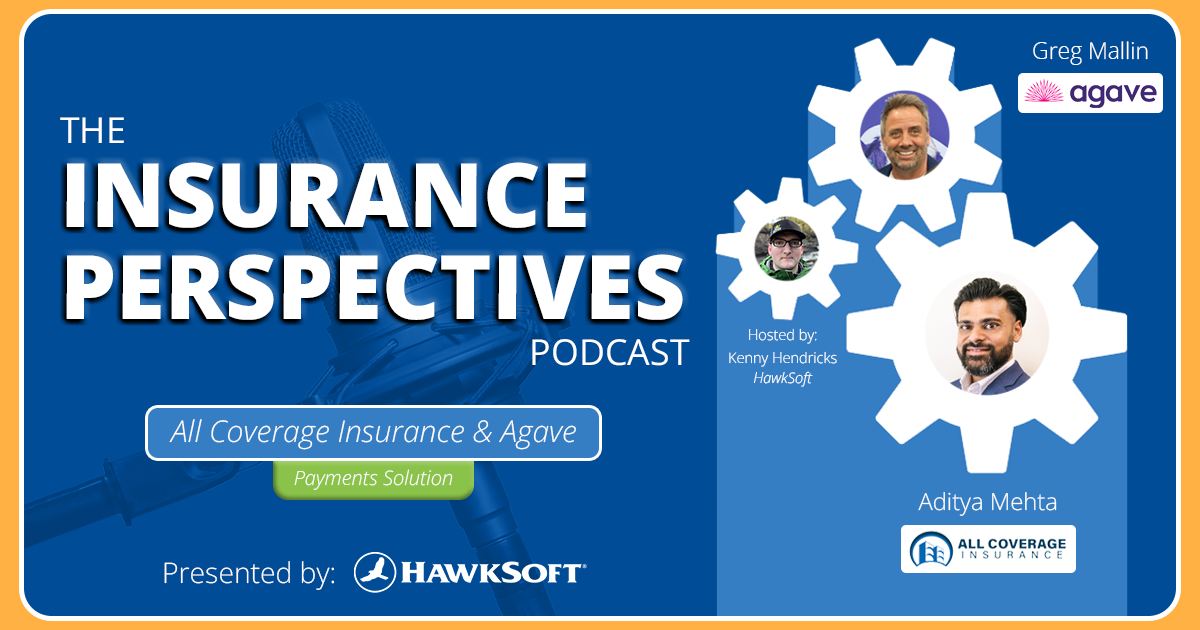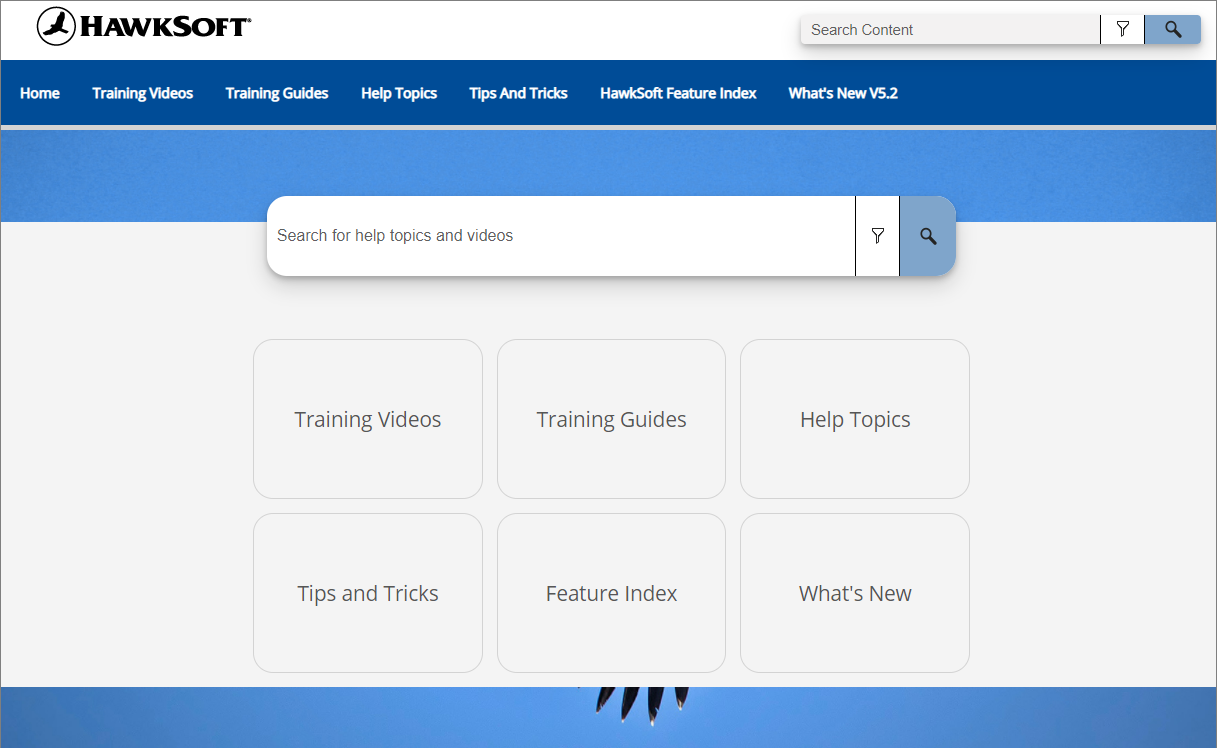One of the biggest challenges independent agencies are battling during the hard market is staff burnout and churn, which leads to hiring difficulties, a never-ending onboarding and training cycle, and reduced productivity and job satisfaction.
What can agencies do to be more strategic about their hiring and training processes, as well as employee satisfaction and retention, at a time that’s so tough for the industry? Foresight Insurance, which was named Outstanding Agency Overall in Liberty Mutual/Safeco’s 2024 Agent for the Future Awards, has found some answers.  The agency, led by owner Michael Cruz, was recognized for accomplishing impressive increases in renewal revenue and overall revenue in 2024, due to strategies he implemented to standardize hiring and onboarding processes and improve staff morale and productivity.
The agency, led by owner Michael Cruz, was recognized for accomplishing impressive increases in renewal revenue and overall revenue in 2024, due to strategies he implemented to standardize hiring and onboarding processes and improve staff morale and productivity.
We sat down with Michael to discuss the achievement, and want to share his insights and tips on how any agency can implement changes to break free of a time-intensive hiring and training cycle.
In this article
- Streamlining hiring & onboarding processes
- Keep your candidate pipeline full
- Hire & train several months in advance
- Map your team into categories
- Utilize technology for hiring & training
- Improving employee satisfaction & retention
- Create clear development paths for employees
- Implement remote or hybrid work options
- Offer flexible or reduced work hours
- Track & monitor employee satisfaction
Keep your candidate pipeline full
Michael recommends that agencies act as if they’re always hiring. Even if you don’t have a position open at the moment, keep a running list of people in your network who are looking for an opportunity or who would be a good candidate for the agency.
“You should have some kind of pipeline so that when you have a hiring opportunity, you already have a list of people to call,” he says. He mentions that any time he interacts with someone who provides great service, he makes note of their name in case they might be a good fit for a future opportunity.
Having a pre-filled hiring pipeline can significantly cut down on the amount of time and effort it takes to fill a position – if you have candidates lined up before you start, you might even be able to make a hire without posting a job listing.
“You should have some kind of pipeline so that when you have a hiring opportunity, you already have a list of people to call.”
Hire and train new staff several months in advance
Every agency knows hiring and onboarding a new employee is a lengthy process – often more than they expect or plan for. Michael suggests starting the hiring process up to 3 months before the position is needed, whenever possible. “I tend to hire people that don’t have experience in the industry,” he says, “so I know I need about a month to get them licensed. It takes them another month to get trained and at least one more to get them where they’re being fully productive. So my advice to agency owners is to get ahead of the ball as much as possible.”
This holds true when creating new positions at the agency, in addition to backfilling open positions. Start the hiring process when you first begin to notice the team is being stretched thin, rather than reaching the breaking point and having to hire when staff is already overloaded.
Map your team into categories
Another thing that makes hiring easier is having a clear structure for your team. You may not have formal job descriptions created for every position, but Michael suggests at least mapping out the different categories or segments of your team (such as CSRs, producers, admin staff, etc) and what responsibilities fall into each bucket. You can build it out further to identify what falls under junior and senior positions in each category as well. Then when you’re hiring, you’ll have a basic template to start from and customize, rather than needing to reinvent the wheel each time.
For example, Michael has divided his staff into four key areas: Licensed Agent Sales, Licensed Agent Service, Non-Licensed Customer-Facing Support, and Non-Licensed Back-Office Support. He knows which tasks and responsibilities fall under each area, and can quickly create job descriptions for existing or new positions in each quadrant.
Utilize technology for hiring and training
There are several places in the hiring and onboarding process where your agency can make use of technology to make things faster, more easily repeatable, and less labor intensive.

Michael and his team strive to stay at the forefront of technology advancements
Implement hiring tools & standard procedures
When it comes to the seemingly continuous hiring cycle at an agency, Michael says “you need to have a system to save you from yourself.” He encourages agencies not to try to do everything on their own, and to employ tools that will standardize the process for all hires and make it less time-consuming for existing staff.
Michael uses a tool to send assessments to job candidates, which helps weed out poor performers before the interview process, and a service that performs background checks and verifies education and previous employment. He starts by performing a one-on-one screening interview with candidates to make sure they’re qualified before investing the time to do an interview with the team.
“Don’t skip the steps, even if you know somebody,” he warns. “Sometimes you think you know better, and you can get burned. You want to have your hiring process set up in advance and follow it to the tee with every single person, so you have predictable outcomes.”
“Have your hiring process set up in advance and follow it to the tee with every single person, so you have predictable outcomes.”
Develop a learning management system for training
Another area where Michael feels technology automation can be a huge help is with training. “Something I realized from my experience at a virtual employee company is that all agencies, regardless of size, should strive to have a learning management system for training,” he says. “It allows you to structure the training and control the curriculum, no matter who is doing the training. It’s a structured, repeatable process that doesn’t replace the human part of the learning, but provides a consistent foundation.”
The system can house training videos, instructions and process outlines, and interactive elements like quizzes in sessions based on topic or complexity. It might feel daunting to create this training content, but you can start simple and build more over time. Michael uses Loom to make simple training videos, and uses the platform’s AI tool to write up processes and instructions.
“It’s not an overnight project, it’s a marathon,” Michael admits. “But if you work on it little by little, your training will be a little more streamlined every time.” He shares that now that he’s built out a general course for all staff, he’s working on creating customized courses for each of the four areas of his team.
“All agencies, regardless of size, should strive to have a learning management system for training...It’s a structured, repeatable process that doesn’t replace the human part of the learning, but provides a consistent foundation.”
Improve employee satisfaction & retention
Optimizing your hiring and onboarding processes will reduce workload and friction for existing staff, but it's only one side of the equation for solving employee churn. Another place for agencies to target is employee retention and satisfaction.
Here are a few things agencies can do to increase employee satisfaction and retention, which will ultimately lead to less turnover and higher agency productivity. Get details on how to implement each of these items in our blog on boosting employee satisfaction, retention, and productivity.
- Create clear development paths for employees
- Implement remote or hybrid work options
- Offer flexible or reduced work hours
- Track & monitor employee satisfaction
Never stop evolving
There isn't one right solution for every agency, so ultimately it’s up to you to decide what changes will be most impactful for your team. The most important thing, Michael says, is to keep experimenting and evolving.
“Can you continue doing business the way you’ve been doing it?” he asks. “Sure. But every year that you don’t keep improving, you’re falling behind. That doesn’t mean that everything you see, you have to do. Have a wish list of things and work on one project at a time. But have an open mind and be willing to fail, because that’s how growth happens.”
More insights from Foresight Insurance: boosting staff satisfaction & retentionSee our related article on creating an environment for more satisfied and productive employees, with more insights from Michael on impacts he's made at Foresight Insurance. |







